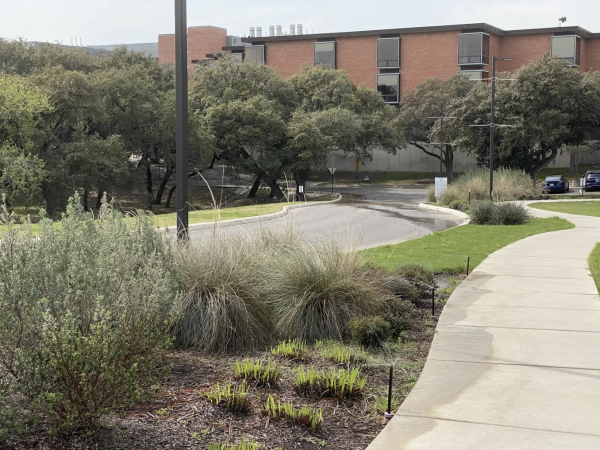Setting student-professor boundaries
A student turns in an assignment a day past the due date, and their grade drops. A professor takes two weeks to grade what they said they would return in two days, and the most a student can do is complain on the end-of-course evaluation form.
A student receives an email about tomorrow’s class past typical bedtime hours and is expected to read it and prepare in time for the morning. A professor receives an email past working hours and has the liberty to address it at their leisure.
It goes without saying that, while these scenarios certainly aren’t what-ifs, they also don’t apply to all students and professors. On rare occasions, both parties are held to the same standards and students have some kind of immediate recourse when their professors don’t uphold their end of the bargain.
However, double standards run rampant in Trinity classrooms to the detriment of students’ time and dignity as adults with a lot to manage. Both professors and students are people first, but often the complexity of students’ lives is overlooked when we are held to unrealistic deadlines and communication expectations that professors are able to skirt when they have to.
The solution is two-fold. First, it’s essential that all students, faculty and staff recognize that Trinity students deserve to have the same work-life boundary as everyone else. Second, professors and students should work together to establish class-by-class expectations to which both parties are accountable.
It sounds a little elementary, like 7-year-olds coming up with ground rules about sharing and not hitting each other over stolen markers. But in reality, collaborating to form a list of expectations sets a positive classroom climate where everyone’s perspective is valued.
Things tend to go awry when professors assume what students want. Nearly every Trinity student has had a professor who decides to let loose, for example — you can turn in homework if you want, large assignments don’t have set deadlines and attendance isn’t tracked. What ends up happening is confusion on the part of the student and frustration over a lack of accountability.
The best scenario is a mutual understanding of what students need to succeed and what the professor needs to accomplish the goals of the course. Having established expectations that go both ways gives students something to point to if a professor has issues following through, especially when a lack of timeliness or clear communication is an obstacle to student success.

I am a senior French and Earth Systems Science double major from St. Louis, MO. When I'm not wearing my EIC hat, I am also a Chapel | Spiritual Life Fellow,...




